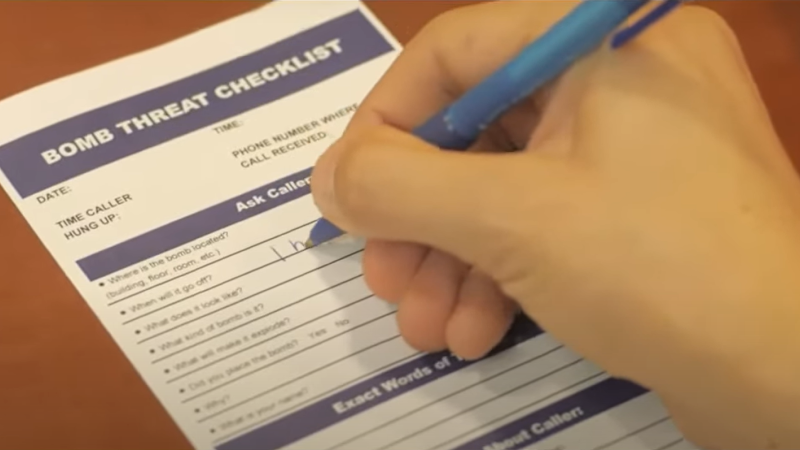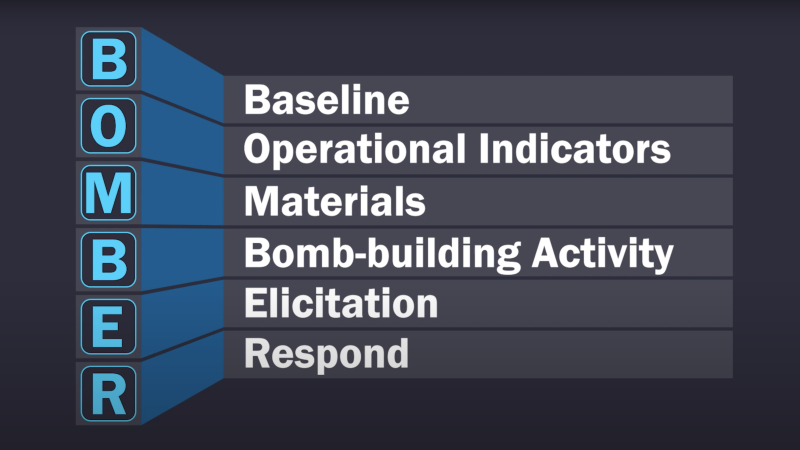
Bombing Prevention
Overview
Improvised Explosive Devices (IED) remain a persistent threat globally. They kill, injure, and intimidate citizens, disrupt transportation and the flow of commerce, and pose a great threat to our deployed forces. IEDs are one of the most accessible weapons to terrorists and criminals to damage critical infrastructure and inflict casualties. The tactics used in IED attacks continue to evolve as our adversaries seek to overcome countermeasures. We must challenge ourselves to be more effective against these threats as we work together to ensure the safety, security, and prosperity of our nation.
CISA has been charged with a leading role in implementing the National Counter-IED (C-IED) policy, which is articulated through Presidential Policy Directive 17 (PPD-17): Countering IEDs. Through this leadership role, CISA is instrumental in aligning DHS and national C-IED efforts through centralized and effective coordination of ongoing programs, resulting in better resource allocation within CISA and across DHS and our federal, state, local, tribal, territorial, and private sector partners.
CISA’s Role
To reduce risk to the nation’s critical infrastructure, CISA's Office for Bombing Prevention (OBP) provides a variety of training, products, tools and services to build nationwide C-IED core capabilities and to enhance awareness of terrorist threats. Through these offerings, CISA OBP seeks to enhance the nation’s ability to prevent, protect against, respond to and mitigate the use of explosives against critical infrastructure, the private sector and federal, state, local, tribal, and territorial entities. These training, products, tools, and services are broken into five sub-topics: bomb threats, suspicious activity and items, IED awareness, protective measures, and planning and preparedness.
For an organizational overview of CISA OBP, please visit our office page.

Bomb Threats
Gain insight into how to plan for, assess, and respond to bomb threats at your facility.

Suspicious Activity and Items
Learn how to recognize unusual behaviors and suspicious items typically associated with IED threats.

IED Awareness
Explore general IED and bombing prevention awareness information.

Protective Measures
Determine best practices to identify risks and vulnerabilities to mitigate IED threats to critical infrastructure.

Planning and Preparedness
Leverage IED risk landscape resources and learn about federal programs that help build and sustain bombing prevention preparedness.

TRIPwire
To access more bombing prevention resources, visit the Technical Resource for Incident Prevention (TRIPwire). TRIPwire is an online, collaborative information-sharing and resource portal designed to help prevent improvised explosive device incidents.
Contact
To report suspicious activity, call 9-1-1 or contact local law enforcement.
For additional information about OBP resources, please contact your local Protective Security Advisor (PSA) or OBP directly at OBP@cisa.dhs.gov.
Informed, alert communities play a critical role in keeping our nation safe. Everyone has a responsibility to protect our nation—"If You See Something, Say Something."




